Now I know you all enjoyed the Nutella fudge that we had previously tried and I promised that I’d be experimenting with different variations. You might be wondering what could be better than Nutella and while that question may be hard to answer I can say that peanut butter comes pretty darn close. Yup, we’re making peanut butter fudge.
Fudge can be kind of tricky and temperamental. Weather and humidity can all effect the cooking process differently. My Grandma is usually the one to send us peanut butter fudge around the holidays and it is something to look forward to. Peanut butter, sugar and sweets are world-dominating combinations. So, without further torture I’ll get down to business.
Here are some helpful tips to keep in mind:
- Like making any kind of fudge, have your ingredients ready to go and already measured so all you have to do is pour. This method helps keep the steps of making fudge less messy and quicker.
- Melt the butter while you’re measuring because it’ll take a little bit. If you are unsure about your speed, melt the butter on low.
- Make sure your stovetop mixture is at a rolling hard boil before you remove it from the heat. You’ll notice bubbles around the edges and starting in the middle.
- Be sure to constantly keep mixing everything to incorporate it and make sure nothing burns.
- I replaced the Nutella aspect with peanut butter in a 1-to-1 ratio. Make sure to use a thick peanut butter, no nut butters because they separate oils too easily.
- I used about 1/4 less powdered sugar so that it isn’t too sweet. You can always add more powdered sugar to give the fudge form.
This fudge is creamy and delicious. I have to say it is number 1 on the list of things I have made thus far. It trumps any fudge that I have tried, sorry Gram, and I plan on making more in the future. I made half of the recipe which is the perfect amount. There is some to share without you digging in and pigging out–trust me it’s hard.
If you want to go really crazy, you can do half Nutella and half peanut butter fudge for that chocolate, peanut butter craving. Impress your friends and co-workers with this recipe and send it out for holiday treats. It’s quick, easy, and tasty: the best kind of sweet.
Leave a comment on your fudge ideas. Check out my Pinterest. Be back next Wednesday for more helpful tips from The Cooking Bug.

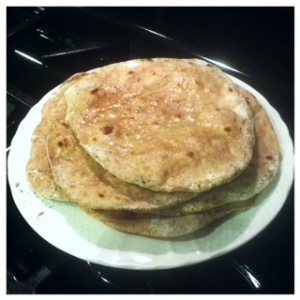
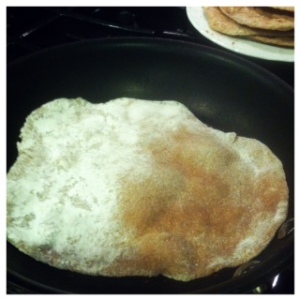
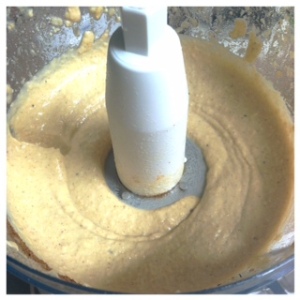
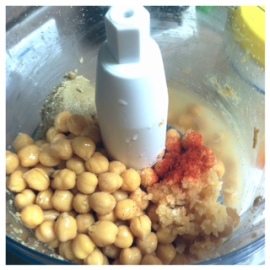 Again, hummus makes the perfect party platter or side at lunch. Pair hummus with chips and crackers or add to a wrap for an extra umph. There are several variations of hummus to keep your stomach happy. Experiment to find your favorite recipes after trying the garam
Again, hummus makes the perfect party platter or side at lunch. Pair hummus with chips and crackers or add to a wrap for an extra umph. There are several variations of hummus to keep your stomach happy. Experiment to find your favorite recipes after trying the garam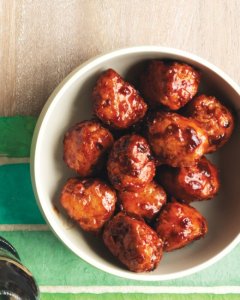
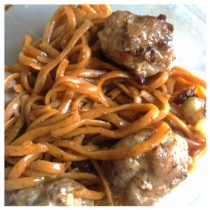
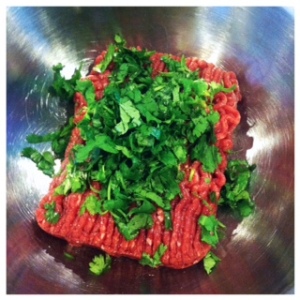
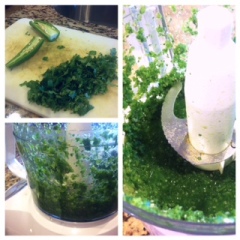
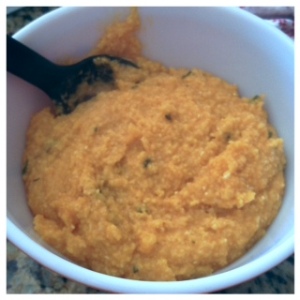
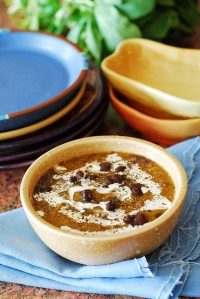
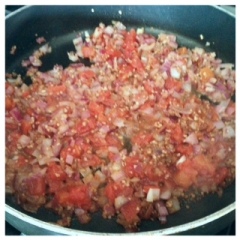
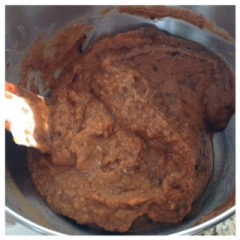 The black bean and pumpkin soup combines my two favorite flavors. I am obsessed with pumpkin, making everyday fall. I love that this soup can be made and frozen for a day I need a warm pick-up. A spicy kick and a sweet ending blend the flavors of fall and the southwest. Be a cowboy in the kitchen!
The black bean and pumpkin soup combines my two favorite flavors. I am obsessed with pumpkin, making everyday fall. I love that this soup can be made and frozen for a day I need a warm pick-up. A spicy kick and a sweet ending blend the flavors of fall and the southwest. Be a cowboy in the kitchen!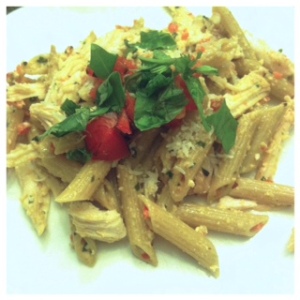
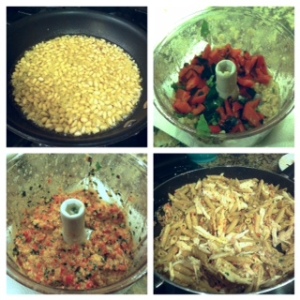
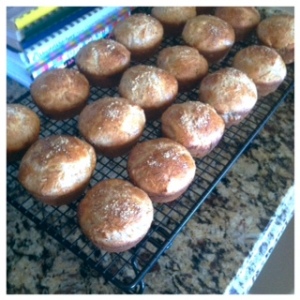
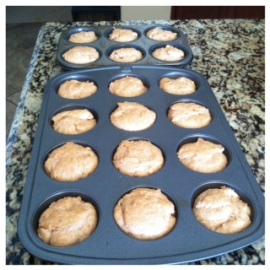
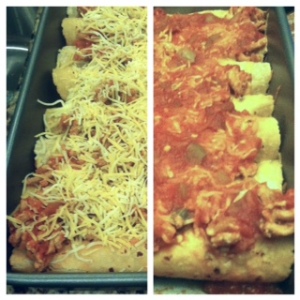
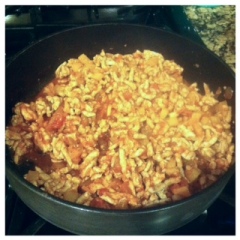 Ven a probar esta receta! While most Spanish food is a great balance of nutrient rich tomatoes and ingredients, they can be high in calories. However, these beef enchiladas are only 330 calories per serving. You can lessen the carbohydrate intake by using a one semi-larger tortilla and more filling. Try a variety of fillings and combinations to satisfy your family’s growling stomach. With only a few ingredients and 20 minutes, you create a Spanish fiesta.
Ven a probar esta receta! While most Spanish food is a great balance of nutrient rich tomatoes and ingredients, they can be high in calories. However, these beef enchiladas are only 330 calories per serving. You can lessen the carbohydrate intake by using a one semi-larger tortilla and more filling. Try a variety of fillings and combinations to satisfy your family’s growling stomach. With only a few ingredients and 20 minutes, you create a Spanish fiesta.